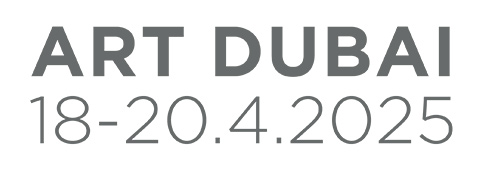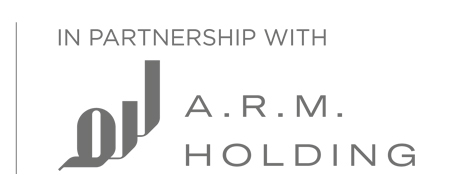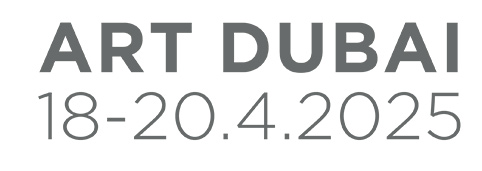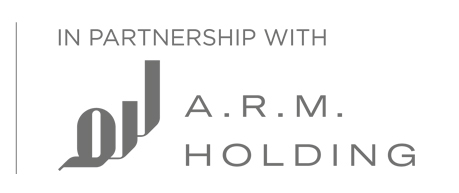In partnership with BMW Middle East, Art Dubai Portraits is a film series that provides a short perspective into the lives and workspaces of artists that are connected to the fair through its programming or participating galleries. The series is produced in collaboration with Forward James Filmmakers. Follow the links below to watch the films:



